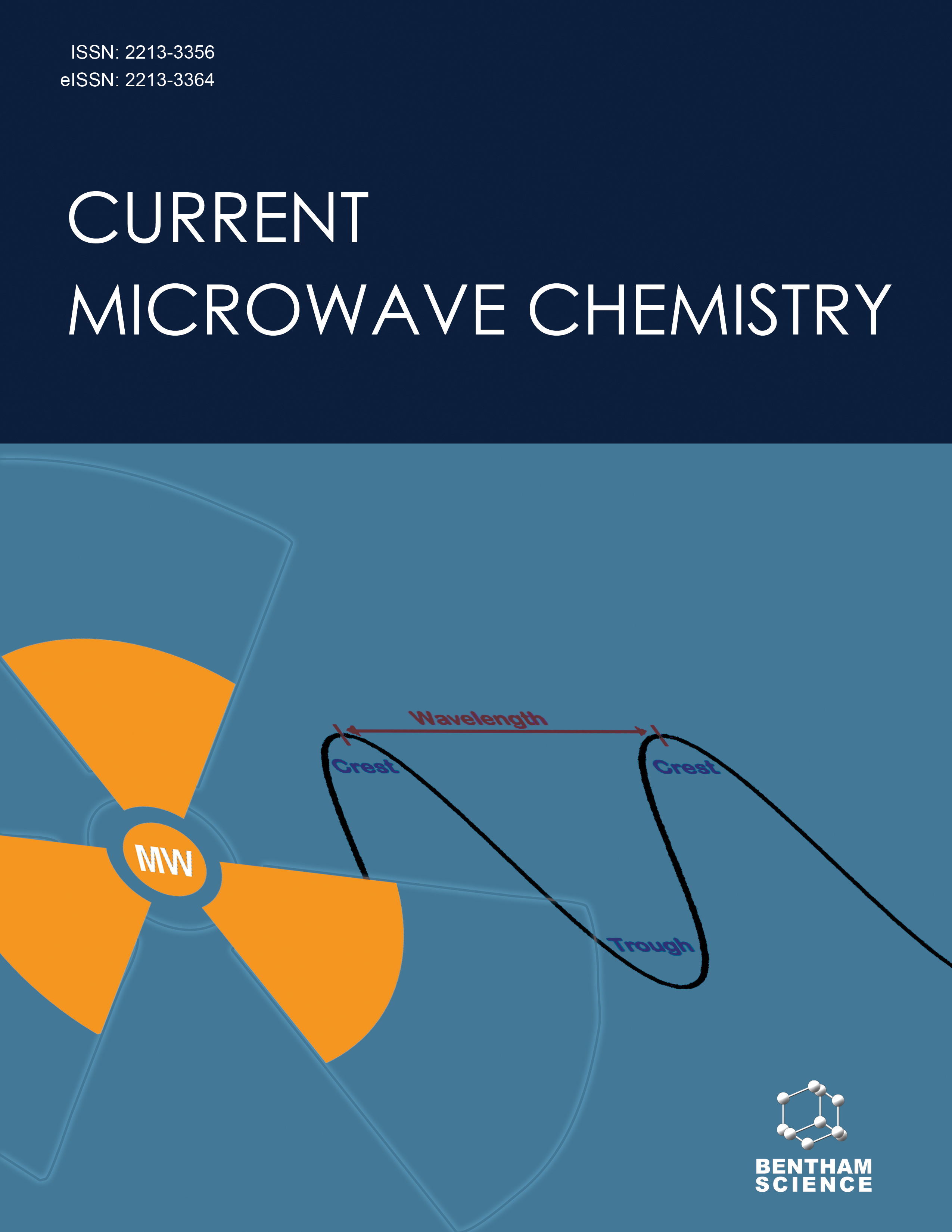
Full text loading...
We use cookies to track usage and preferences.I Understand
Rhenium (Re) is obtained as a by-product during the extraction of copper and molybdenum ores. In current extractive metallurgy, Re extraction involves a heat treatment that causes Re losses by volatilization and release of toxic gases into the environment.
This research proposes a novel microwave heat treatment (MWHT) to enhance Re extraction avoiding Re losses and toxic gas release into the environment.
A novel MWHT and traditional thermal processes used in mining were applied to Cu-Mo concentrates. The elemental composition analysis of the concentrate was performed by atomic spectrometry. The crystalline phase was identified by X-ray diffraction. Particle structure observations were performed with an optical microscopy (OM) and scanning electron microscopy (SEM) with a Field Emission, including semiquantitative analysis (EDS). Thermal behavior and non-isothermal reduction processes were studied using Thermogravimetry Differential Thermal Analysis (TG-DTA).
Re, S and As release decreased 5% during MWHT, compared to 34% of traditional methods. Molybdenite (MoS2) and Chalcopyrite (CuFeS2) were the crystalline phases in the ore after MWHT. Rhenium was found as an oxide (ReO3) and metallic Re. Samples under MWHT showed structural transformations in the mineral particles, with minimal mass losses and high Re and Mo concentrations. The structural transformation of the ore involved microcracks formation.
The MWHT induces a combination of particle degradation mechanisms and lower temperature requirements that prevent Re losses. Lower gas emissions turn this technology into an environmentally friendly one. Crystalline transformation of the Re-chalcopyrite phase enhances Re release during leaching, the next step after MWHT in the hydrometallurgical extraction.

Article metrics loading...

Full text loading...
References


Data & Media loading...

